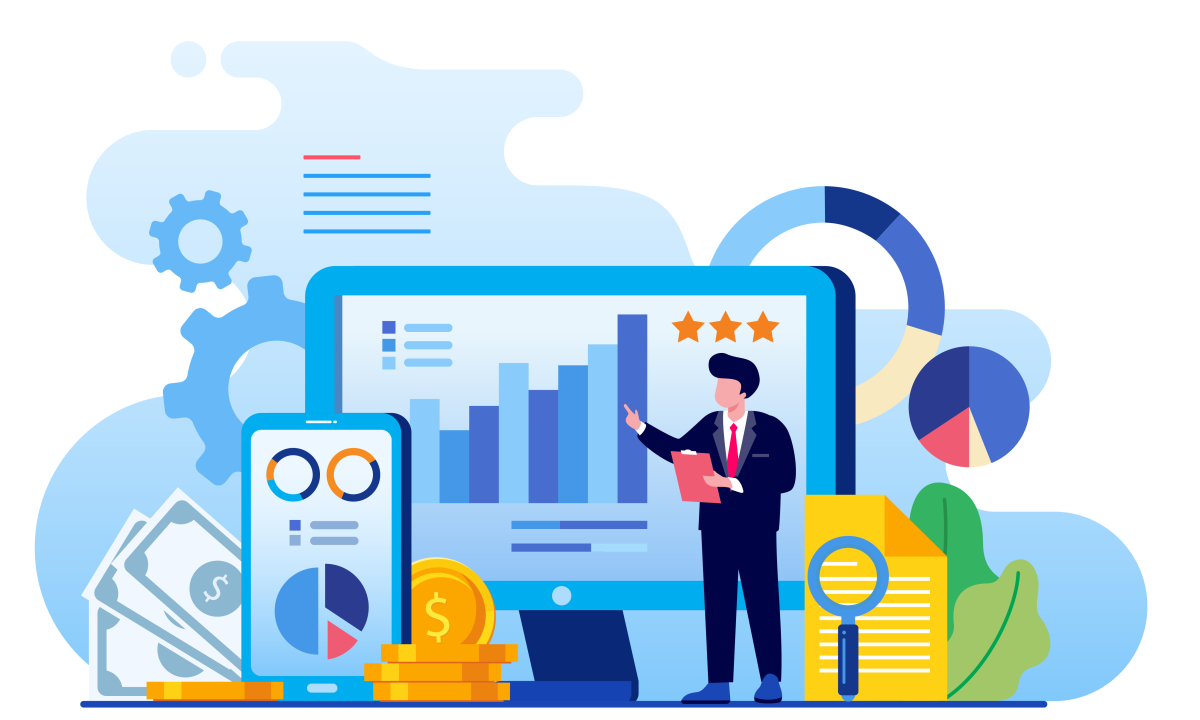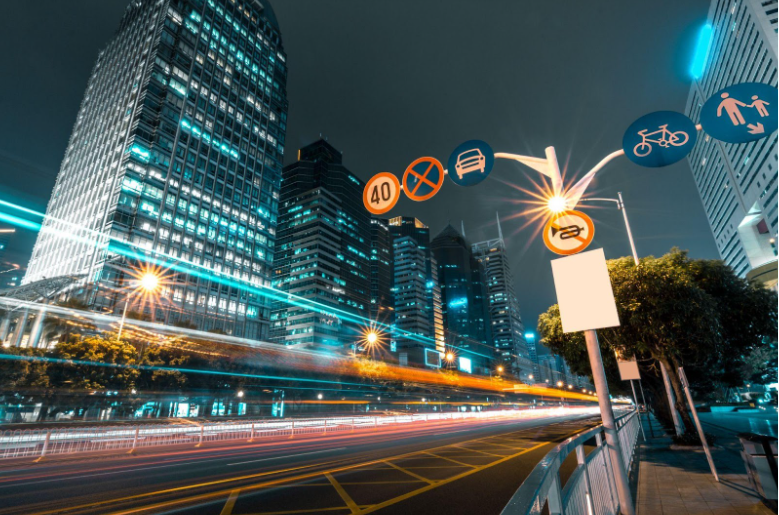In the evolving landscape of urban development, integrating artificial intelligence and Internet of Things technologies is revolutionizing how communities are designed and built. CEO, Founder, and Architect Androsky Lugo analyzes the impact of AI and IoT on city planning, exploring the advantages, challenges, and real-world examples. Architects’ utilization of these technologies is pivotal in enhancing productivity and sustainability while addressing privacy issues within urban designs. Architects must understand the importance of incorporating AI and IoT in community development to shape the future of metropolitan spaces.
The Impact of AI and IoT on City Designs
Delving into the impact of digital changes on urban landscapes, growth patterns, and the urbanization process, Androsky Lugo provides insights into the ongoing development of infrastructure. As IoT sensors, big data analytics, and artificial intelligence are increasingly incorporated into civic operations, municipalities can more strategically allocate resources to improve residents’ sustainability and quality of life. How digital innovations will continue redefining urban planning approaches in the future remains an open conversation crucial to explore.
Benefits of AI and IoT in City Design
The benefits of AI and IoT in shaping urban infrastructure are numerous. They enable increased proficiency, sustainability, and innovation in optimizing urban spaces.
Efficiency and Sustainability
Efficiency and sustainability are essential when harnessing data examination and smart technologies throughout a city, reducing environmental impact, and enhancing the productivity of systems. By collecting and dissecting datasets, cities can make informed decisions and react to issues with AI and IoT. This information-driven strategy not only aids in anticipating and avoiding issues but also allows the implementation of proactive steps to confront environmental challenges. Incorporating AI and IoT in urban planning supports the development of sustainable solutions that advocate for a greener urban landscape and improve the general standard of living for inhabitants.
Improving Quality of Life
Enhancing a city through advanced technologies involves varied initiatives, including devising new innovations by automating processes, leveraging algorithms, and improving public spaces to elevate living standards. Smart building remedies allow municipalities to optimize energy usage, reduce carbon footprint, and maintain safety and security.
Challenges and Concerns
The challenges related to integrating artificial intelligence and the Internet of Things into urban development include privacy, security, fair access, and engaging citizens. These highlight the need to balance progress while effectively addressing pressing community needs.
Privacy and Security Concerns
Concerns linked to data collection, use, and integration of AI and IoT in city planning focus on ethical implications for sensitive information and maintaining data privacy. Data management and privacy protection have become paramount issues as reliance on these sophisticated technologies grows for infrastructure and resource management. Striking a balance between capitalizing on advantages while minimizing unauthorized access and misuse of personal details poses a challenge.
Equity and Accessibility
For equitable and accessible AI and IoT ambitions in cities to succeed, it is vital to ensure all residents can benefit from technological advancements. Addressing digital gaps among socioeconomic groups and ensuring benefits reach underserved neighborhoods requires support for equal data and technology access to enhance solutions and reduce disparities in basic services.
Examples of AI and IoT in City Design
Smart City Initiatives
Smart city projects incorporate AI and IoT to improve infrastructure, consolidate technology, digitize management, and support sustainable living. Groundbreaking undertakings are pivotal to traffic management through information-driven frameworks that dissect conduct, anticipate bottlenecks, and optimize signals. AI-powered devices help authorities make educated, information-driven choices, empowering better asset distribution and management for residents.
Innovative Architectural Designs
The innovative structural plans inside AI and IoT city arrangements showcase a sleek yet creative merging of innovation with urban designs, reworking standards for urban communities and pushing the boundaries of what engineering can accomplish. By refining energy use, strengthening security routines, and improving general implementation, these structural arrangements are changing how we see and experience urban spaces.
The Role of Architects in Utilizing AI and IoT
The role of architects in capitalizing on AI and IoT highlights the crucial relationship between architects and innovation specialists to connect innovations into designs.
Collaboration with Technology Experts
Partnerships with technology specialists are essential for architects to leverage AI and IoT in urban planning. Working together boosts innovation, propels digital changes, and ensures emerging technologies seamlessly integrate into architectural projects. When architects and technologists collaborate, their collective knowledge and skills uncover new possibilities for urban spaces. Through collaboration, AI and IoT solutions are implemented to improve planning effectiveness, optimize resource allocation, and strengthen sustainability practices.











